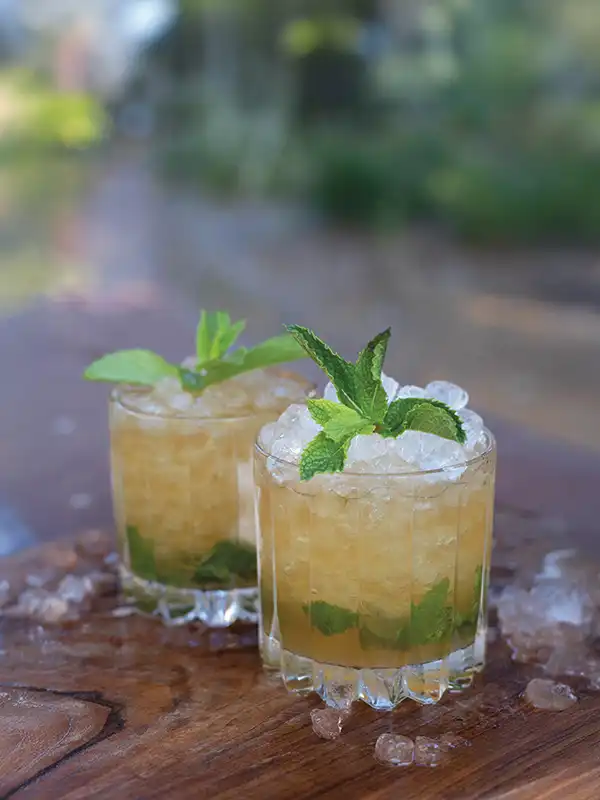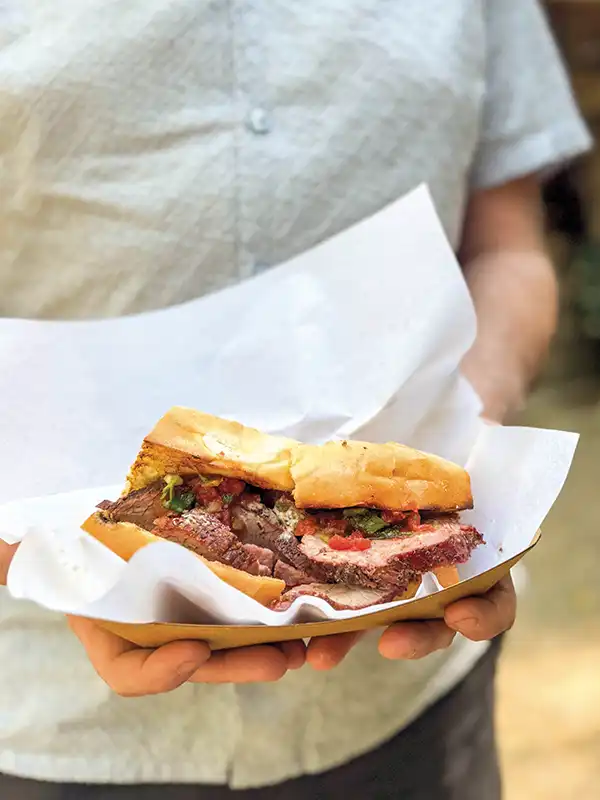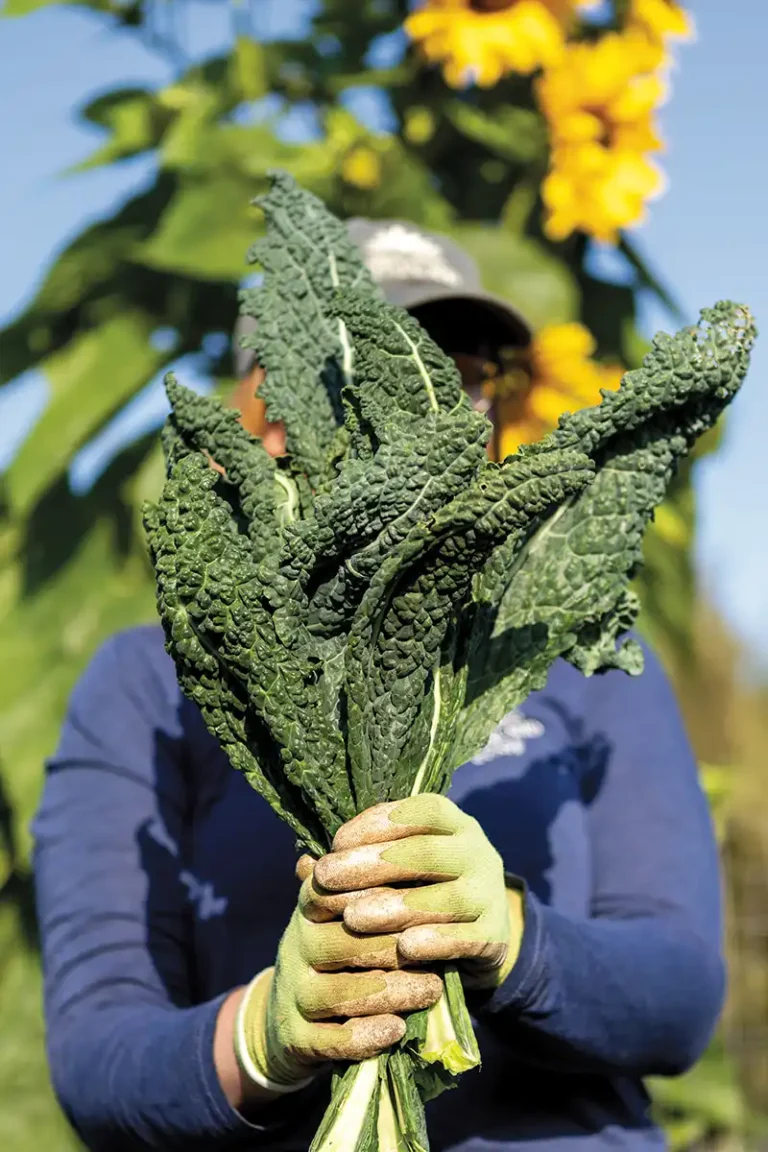Lompoc’s Next Crop
Growth, Wine and Community

Once known as the flower seed capital of the world, the City of Lompoc is sowing seeds of optimism with its commitment to a five-year trial participation in the new Santa Barbara County Wine Business Improvement District (Wine BID). This initiative promises greater inclusion for Lompoc-based wineries within the broader Santa Barbara County wine community. In particular, Lompoc stands to benefit from the Santa Barbara Vintners Association projected $1.6 million annual marketing budget.
Undoubtedly, the recent show of camaraderie and concern from wine industry and hospitality colleagues across the county played a role in persuading the Lompoc City Council to support the Wine BID. A 1% assessment on all retail sales at tasting rooms and wineries will fund marketing, public relations, community and industry relations, and government education to the benefit of the entire industry.
One heartfelt testimony from Gabriel Fabela Jr., the director of hospitality and private client sales at Tyler Winery, described how he is “living proof of what is possible,” in support of the Wine BID’s potential impact. “Growing up, my family received support from the food bank and other social services, and today, I am proud to be a successful middle-class professional, born and raised here. This is the kind of sustainability the Wine BID will help secure for others—not just for businesses, but for professionals and families in this community and across the county who rely on them.”

For five years, Lompoc was hesitant to accept the Wine BID. Perhaps the city’s history of being marginalized within the county, and its resulting self-sufficiency, contributed to the skepticism. Local historian Dennis Headrick noted in a recent phone conversation, “Lompoc has not been at the forefront of the Santa Barbara County consciousness over the years, which has contributed to the stalwart attitude of Lompoc to make it happen, regardless of county government.” Originally this included mitigating the lack of basic county services, such as roads in and out of town.
According to oral history, Lompoc’s mothers and other women in the community were fed up with the inconsistent electricity, especially when it disrupted ironing and washing machines. Their influence led the City to launch its own electrical department in 1923. Lompoc later became the first jurisdiction in the county to invest in sustainable energy resources, including geothermal and hydroelectric power, long before it became a trend.
As a public power utility, the City offers commercial and industrial electricity rates that are significantly lower than those of its competitors. Combined with the affordability of other City-owned utilities and ample industrial space, Lompoc offered business incentives that attracted the wine industry.
Steven Gerbac, winemaker and general manager at Rusack Vineyards and vice president of the Vintners board of directors, acknowledged, “Lompoc has been instrumental as an incubator for small wineries, offering lower barriers to entry than many of the other local communities.” He also emphasized that joining the Wine BID will “give outsized attention and opportunities to the many small wineries.”
Lompoc has a substantial wine community, with 72 distinct wine brands registered within city limits. Most are boutique and owner-operated. Winemakers, fieldworkers, and other wine-related support service employees live in the community, representing a cross-section of the industry. The city also contributes to the county’s socio-economic diversity.
The affectionately named “Lompoc Wine Ghetto” organically emerged as California’s original urban wine tasting venue. After Richard Longoria established his wine production facility in a Lompoc industrial park in 1998, other wineries followed, and the first tasting room opened in 2005. Today, the Ghetto is home to 12 tasting rooms, with several more located throughout town.

When I moved to Lompoc in 2002 to promote the City’s economic development, Lompoc was just beginning to gain national recognition as a cult wine mecca. Three Lompoc winemakers even graced the cover of Wine Spectator in July 2003: Greg Brewer (Brewer-Clifton), Kris Curran (Sea Smoke), and Brian Loring (Loring Wine Co.). Numerous other acclaimed wineries now call Lompoc home, including Sandhi, Domaine de la Côte, Fiddlehead, Flying Goat, Ampelos, Tyler, Chanin, and Pali.
Located 20 miles west of Highway 101 and off the beaten path, Lompoc serves as the gateway to the prestigious Sta. Rita Hills wine appellation. Sta. Rita Hills is renowned for producing award-winning Pinot Noir, Chardonnay, and other cool-climate wine grape varieties. The region is also gaining recognition for its exceptional méthode champenoise sparkling wines.
On the north end of town, Allan Hancock College operates a satellite campus that expands local educational opportunities with outstanding programs in viticulture and enology, English as a second language, theater, and history. Fifteen years ago, I took a popular wine sensory evaluation course and enjoyed tasting wines from around the world. Remarkably, Allan Hancock College now has an on-campus and student-run vineyard and winery producing award-winning wines. It also hosts the annual West Coast College and University Wine Festival.
Many reminisce about the prolific and fragrant flower fields that once surrounded Lompoc. I’ve been told that in 1964, the Lompoc Valley produced 70% of the world’s flower seeds and by the mid-1980s more than 1,500 acres were planted in. Surprisingly, beans were the cash crop! That is worthy of its own story.
The Wine BID promotions and engagement program will position Santa Barbara County as a premier winegrowing region and a leader in the global wine industry. Lompoc’s unique cool-climate wines, and the weather that makes them possible, are a worthy feature of the county’s range of award-winning wines.
Lompoc Mayor Jim Mosby believes that he is sowing seeds of optimism by choosing to join the Wine BID. As a farmer himself, one who provided me with community-supported agriculture (CSA) shares over 22 years ago, he knows a thing or two about cultivation. Mosby has already invited the Vintners Festival to return to Lompoc after a seven-year hiatus. With a City-owned venue, Explore Lompoc grant resources, and dedicated community volunteers, Lompoc presents an enticing opportunity for collaboration with the Santa Barbara Vintners.






